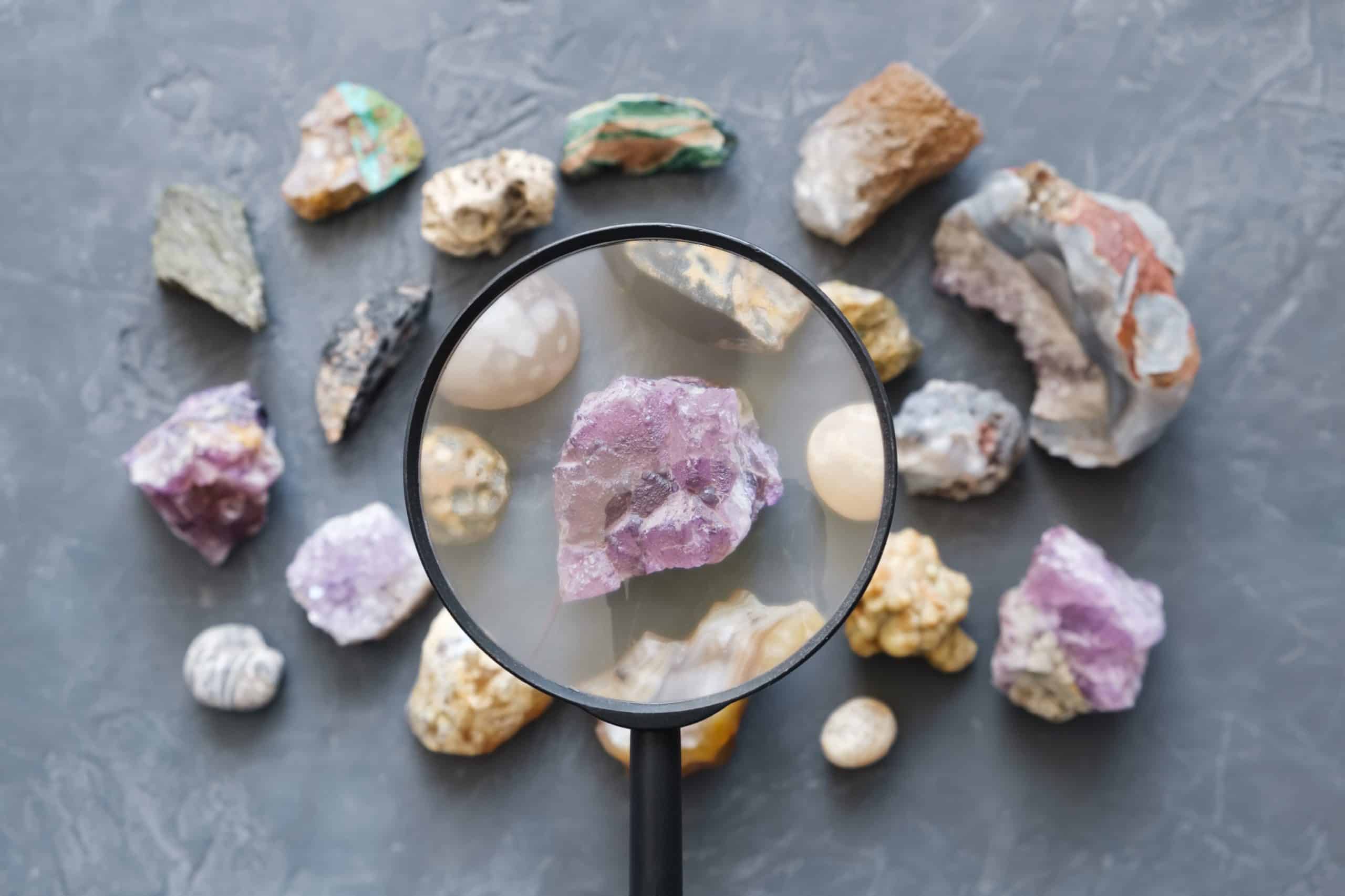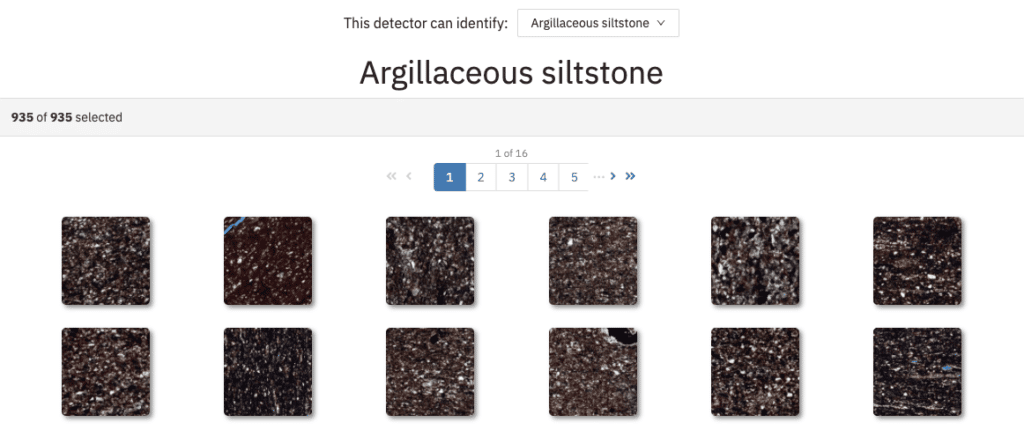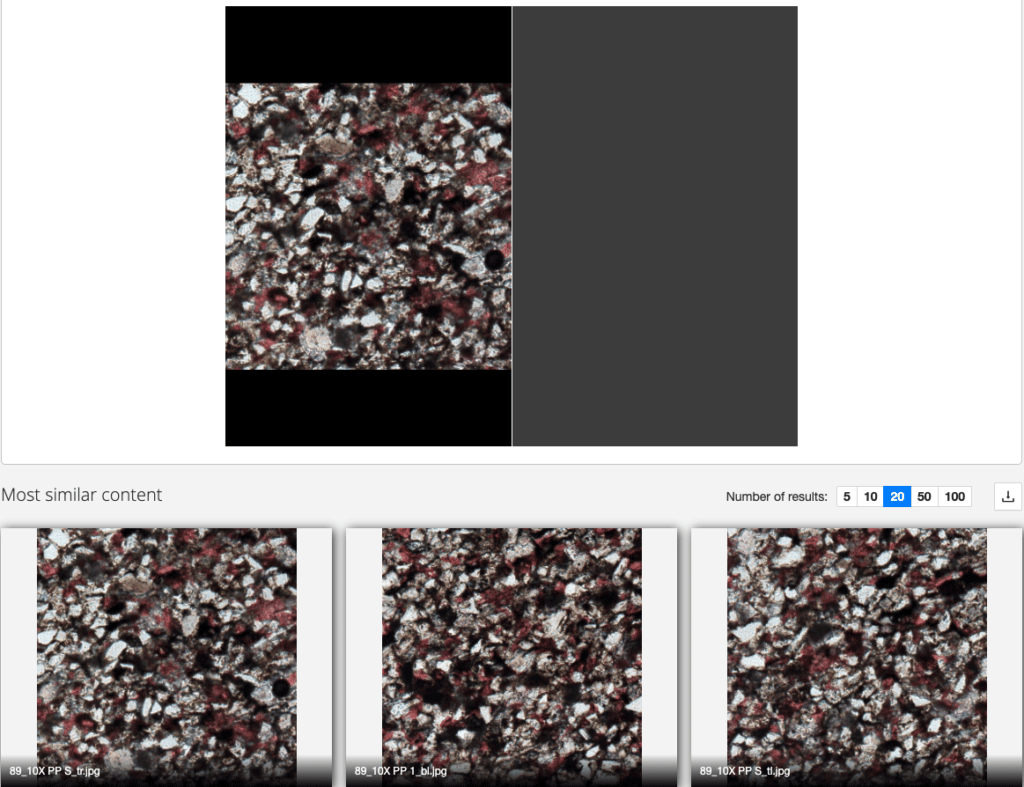Rock and Roll with Matroid- How CV can make Petrographic Analysis a “Rock” in the Park!

Chase Hart | June 28th, 2021

Problem
Petrographic examinations are a tedious, laborious process for even the most experienced of geologists.
Petrographic analysis relies on manual visual inspection of rock sections under a microscope, which can be exceedingly tedious for even the most experienced of geologists. Large projects requiring the analysis of multiple sections of rock samples require multiple inspectors, which can expose the project to unnecessary inconsistency in analysis.
During manual inspection, an optical microscope is used to examine a flat rock sample mounted on a glass slide. The goal of this inspection is to observe and describe the characteristics of the rock, ranging from grain geometry, structure, mineralogical compositions, fossil content, and texture. Based on these characteristics, the petrographer defines different rock types called microfacies.
This manual approach depends on the geologist or petrographer’s knowledge and experience and can lack objectivity in analysis. Additionally, depending on the person doing the inspection, they can take over 20 minutes to complete one sample.
When taking the above into consideration, it’s crystal clear that the current methodologies for petrographic analysis are not a rock solid solution.
Solution : Petrographic Analysis Detector
To solve this, Matroid created a petrographic sample detector. This detector should be used as a baseline for understanding what is possible for creating future petrographic analysis detectors for microfacies.
Automated inspection can be performed with a Matroid detector, an “automated pair of eyes”, that leverages state-of-the-art computer vision to find objects of interest in visual media.
Using Matroid’s Studio, you can train detectors with practically any dataset. For this project, we took a dataset of various petrographic samples and uploaded them into Matroid Studio. Afterwards, we verified the different examples of siltstone in every image and trained the detector with the press of a button. Within minutes, we had a detector that could identify the difference between five varieties of siltstone. In less than an hour, we built a petrographic analysis detector that would have otherwise taken weeks or months to train from scratch.

Solution : Tracking Petrographic Samples with Similarity Search
Beyond creating the initial detector with the Matroid Studio, Matroid can also help manage petrographic data with Similarity Search, a feature that enables millisecond level visual similarity search across archived or live media at scale.
This is particularly useful for tracking hundreds or thousands of different samples. It can also be used to search for similar petrographic samples at other geological sites, from mid-ocean ridges to shale deposits and more.

In this example, we can identify the most visually similar petrographic samples across tens of thousands of images.
Solution : Real time detections for better and faster inspections
Matroid can also help monitor for petrographic analysis in real-time with Stream Monitoring. With Stream Monitoring, you can connect any visual sensor, monitor them with your detectors, and set up API calls and email alerts for different types of samples. Our monitoring process can expedite inspection of a petrographic sample from 20 minutes to less than a second per sample. This eliminates the need for manual inspection, allowing experts on site to work on other parts of the geoscientific process.
Petrographic analysis is one of thousands of ways Matroid is helping industries rock and roll on a global scale. To learn more about how Matroid could help you, get in touch with us today.
Download Our Free
Step By Step Guide
Building Custom Computer Vision Models with Matroid
Dive into the world of personalized computer vision models with Matroid's comprehensive guide – click to download today